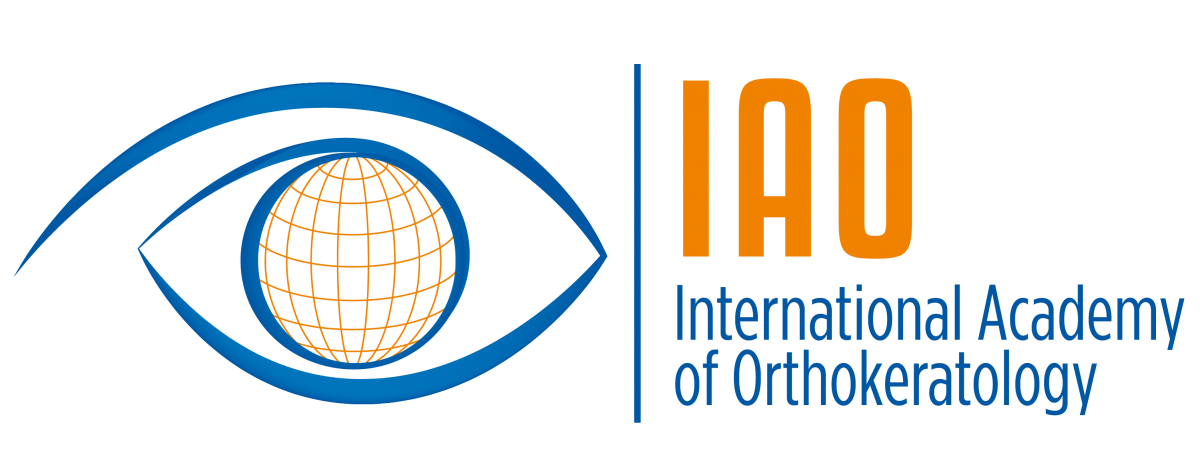The COVID-19 lock down in New Zealand has forced school, malls, parks and other outdoor activities to close. This has meant children are stuck at home, needing to find ways to entertain themselves. And what do many children do when trapped at home? They play video games, read books or use their computers for hours and hours. Lack of outdoor time and extensive near work are both serious risk factors for increasing myopia (short-sightedness) in children, a condition that increases the risk of permanent sight-threatening disease later in life. Learn more about myopia here.
Will we see a large increase in kids developing short-sightedness in the next year? Will myopic kids find that their prescription increases in strength at a faster rate in the coming year due to the COVID-19 lifestyle restrictions? It is very possible.
So what can a parent do to lessen these serious challenges posed by government instructions to shelter at home?
1. Ensure that your child goes outdoors for 1 hour every day. This could involve a walk in your local neighbourhood - good for parents’ sanity too!
2. Invent interesting outdoor activities (like an obstacle course, or Easter egg hunt - good for next weekend!) and get involved yourselves to make it fun (as group activities with other kids are not possible right now due to social distancing requirements).
3. Allow your child to read or work on their devices outdoors. High light levels are thought to be a key protective factor of outdoor time in regards to myopia. Even under a shade umbrella or with a hat and sunglasses, the light levels typically reaching a child’s eye will exceed that of indoors. If they cant get outdoors for this due to weather or apartment living, do this near natural lighting, for example by a large window.
4. Ensure that kids take a 10 minute break for every 30 minutes of screen time and try and limit the screen time to only 1-2 hours per day during the lock down.
5. The internet has lots of other ideas to help you protect your child's future sight:
Supporting Kids During the Coronavirus Crisis | Child Mind Institute
250+ Creative Ways to Keep Your Family Sane During the COVID-19 Crisis
Good luck and stay safe (and sane!) during the COVID-19 crisis. Bay Eye Care will hopefully be open soon if you are concerned about your child’s eye sight or want to learn more about how we can limit myopia progression as they get older. In the meantime feel free to get in touch with our optometrist Mr Alex Petty via email on info@bayeyecare.co.nz.
Thanks to our colleague Dr Caroline Guerrero Cauchi for the inspiration and content for this blog article!








